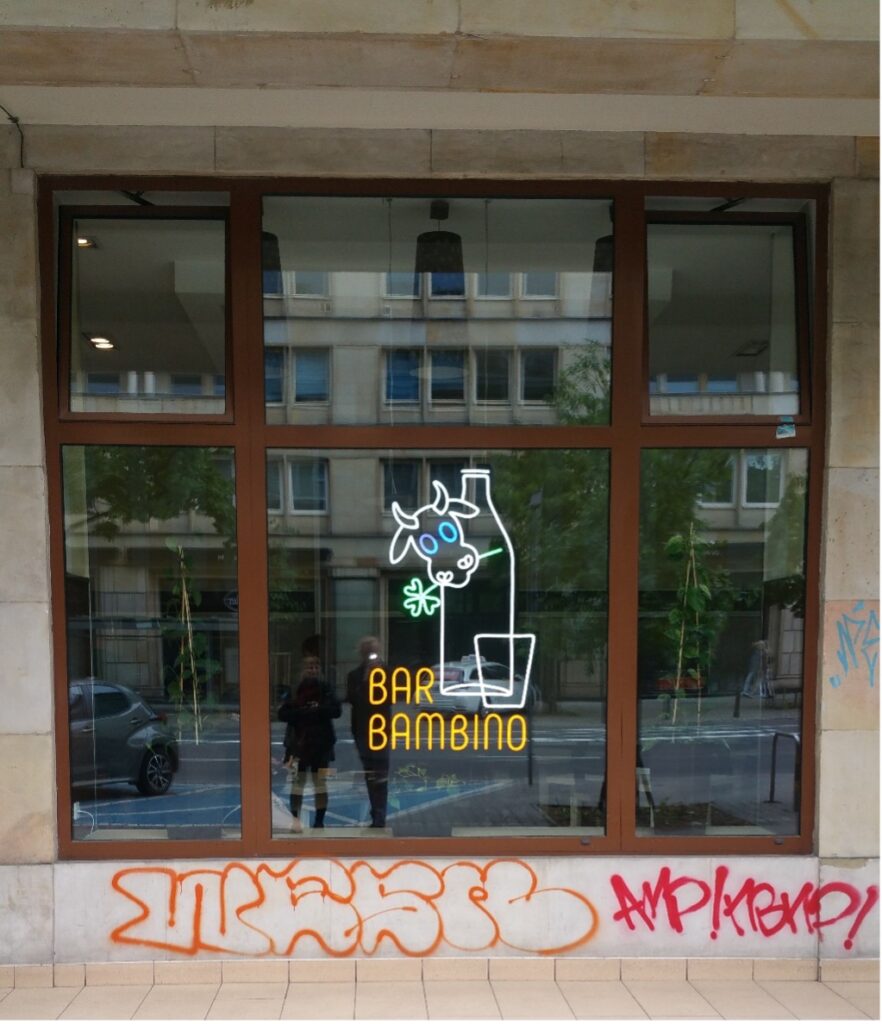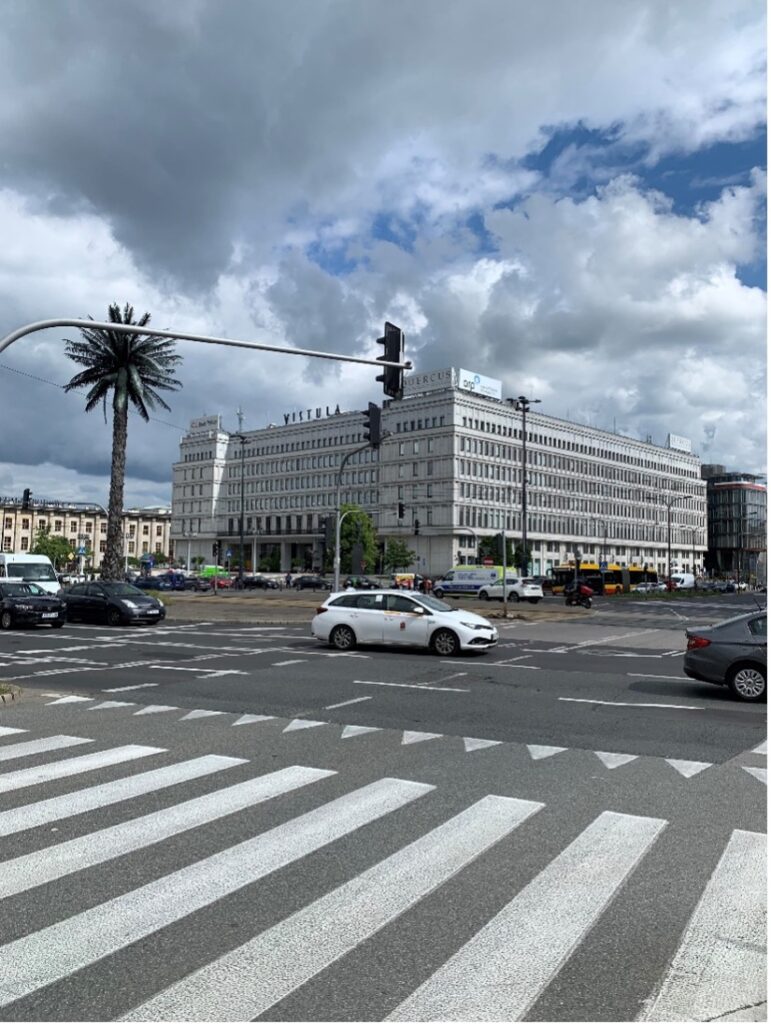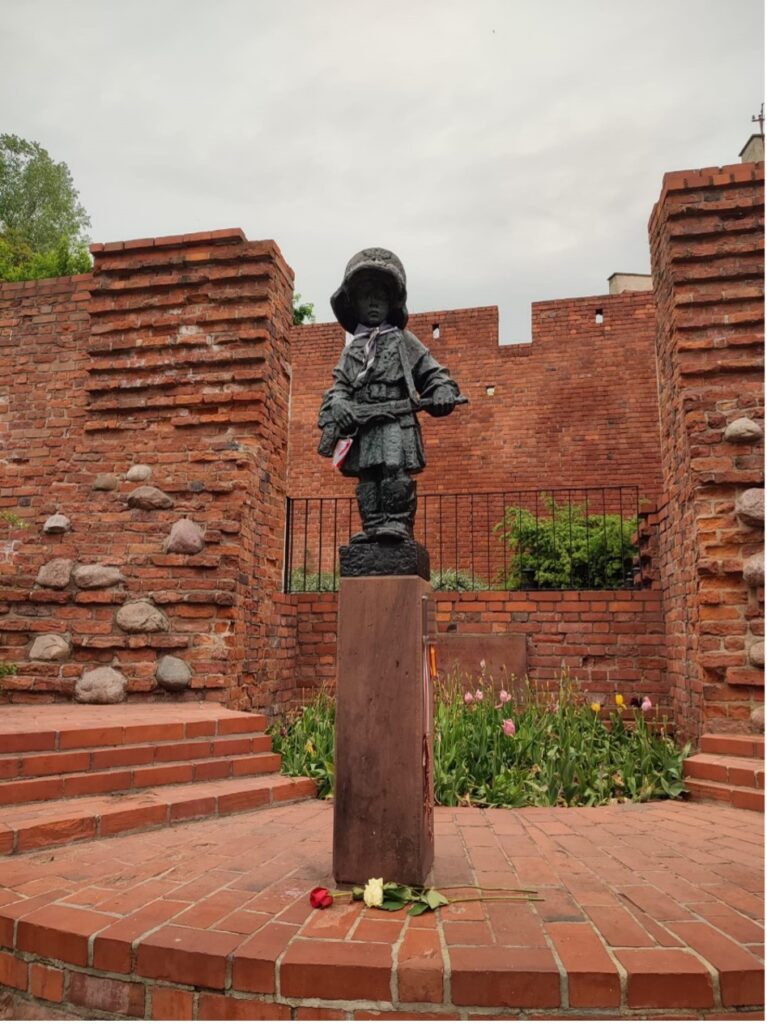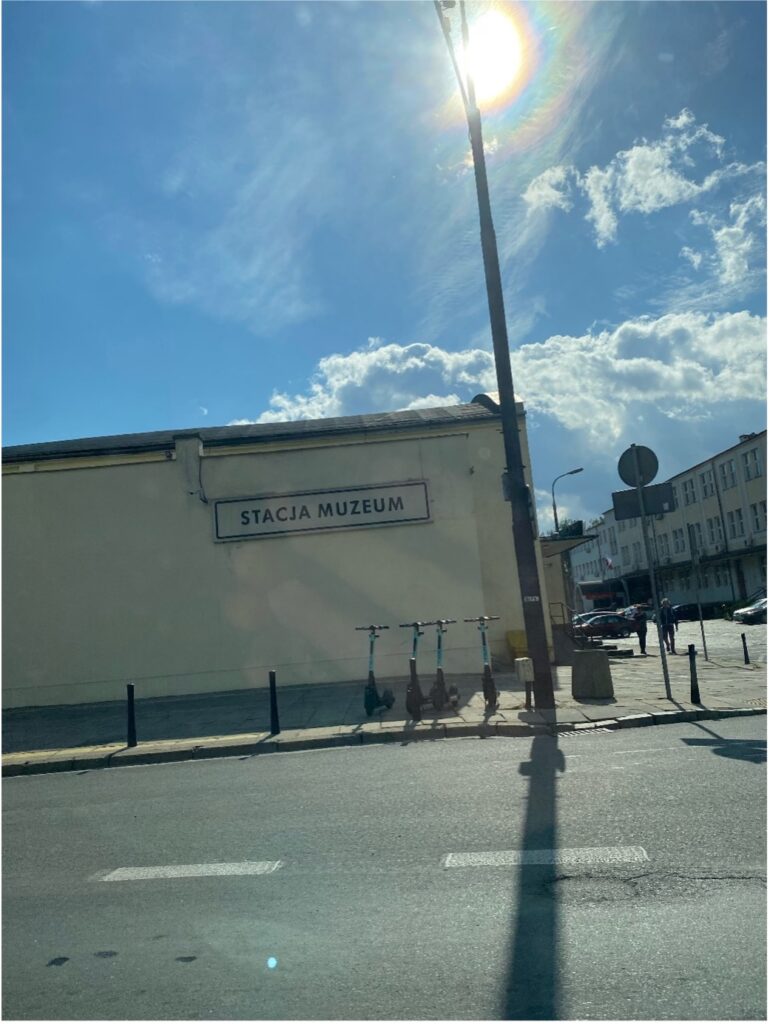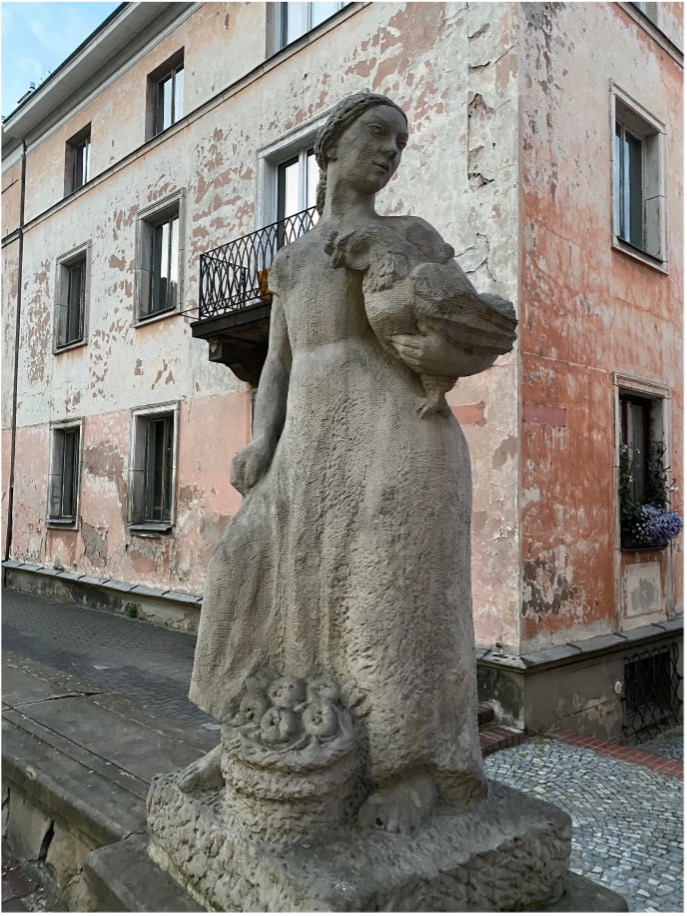In the framework of the WORCK Training School “Rewriting Labour History. Perspectives from the Globe”, Jakub Štofaník received a Virtual Mobility Grant aimed at bringing together international doctoral students working on the topic of coercion in labour history, as well as the broader academic public, and to reflect on the representation of labour history in today’s Warsaw urban space. Following is a report of the Virtual Mobility Grant including the presentations by the PhD students who participated in the WORCK Training School with the reflections on the labour history and heritage in the public space of Warsaw.
Warsaw, during the 19th and 20th centuries, was a site of coerced and forced labour, as well as rapid (although belated) industrialization, but also of massive destruction, and intensive migration. Its pre-war multi-ethnical and multi-religious character, and post-war gender transformations make it an attractive place to study labour from an interdisciplinary perspective.
In the framework of the Virtual Mobility Grant, three main online and hybrid activities facilitated scholarly discussion about the historical memory of labour in urban spaces in Warsaw:
- A city tour focused on the labour history and its presence in actual urban space.
- Streaming of a public lecture dedicated to the Ringelblum Archive created by Jewish scholars in the Warsaw ghetto during the Second World War – accessible via Zoom for all WORCK members. Details about the public lecture can be found here.
- A call for active participation by the participants of the Training School that stemmed from the two previous activities. Doctoral students were invited to prepare a presentation which gathered pictures and reflections based on the contents of the city tour and the public lecture, as well as their own research knowledge and experience on the topic.
The virtual mobility grant provided young scholars particiapting from different countries with the opportunity to exchange and discuss different aspects of labour history, contributed to the knowledge transfer and interdisciplinary perspectives in the analysis of labour history, and successfully promoted the mutual learning between Eastern and Western European academics.
Following are the presentations submitted by the PhD students in which they reflect upon the contents of the city tour, the public lecture, and their own research knowledge and experience on the topic.

